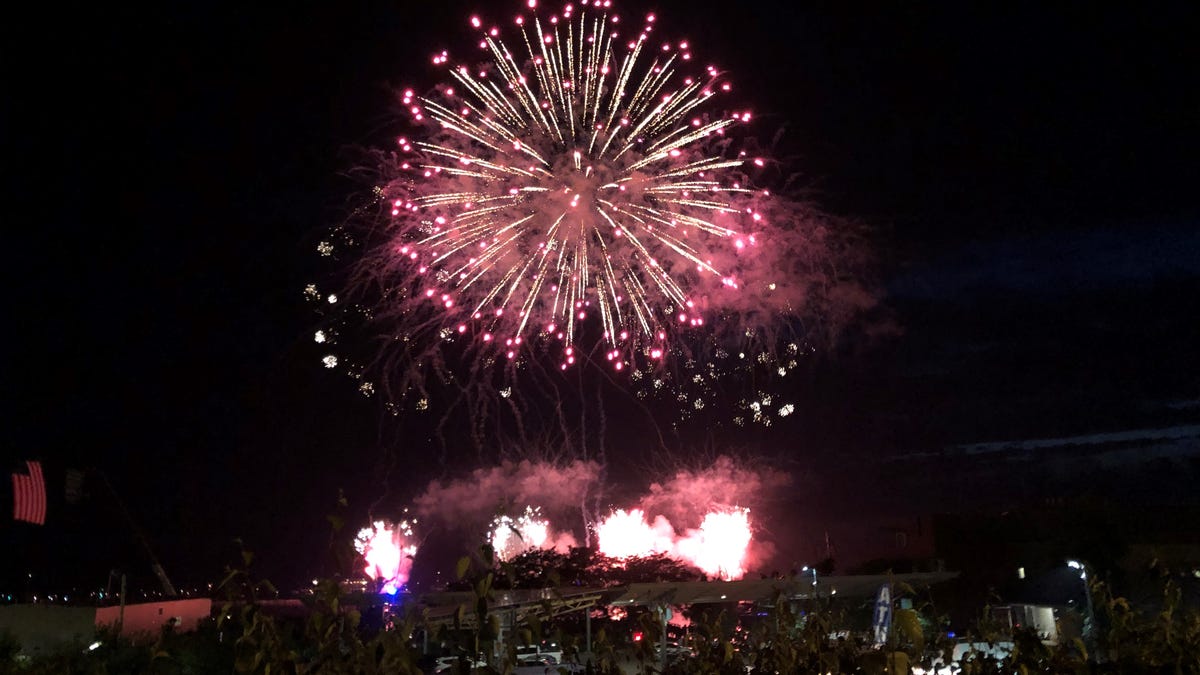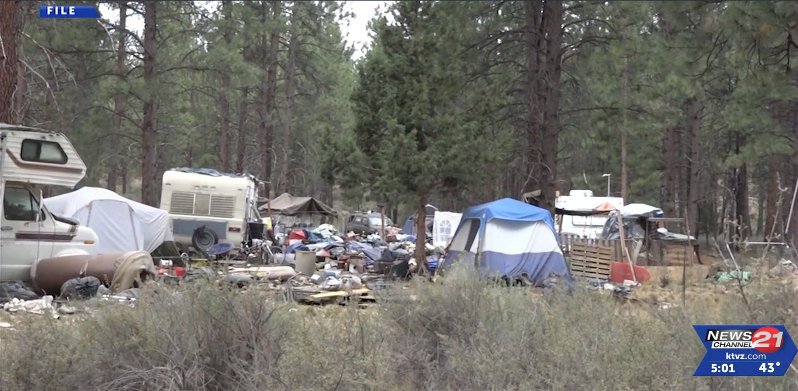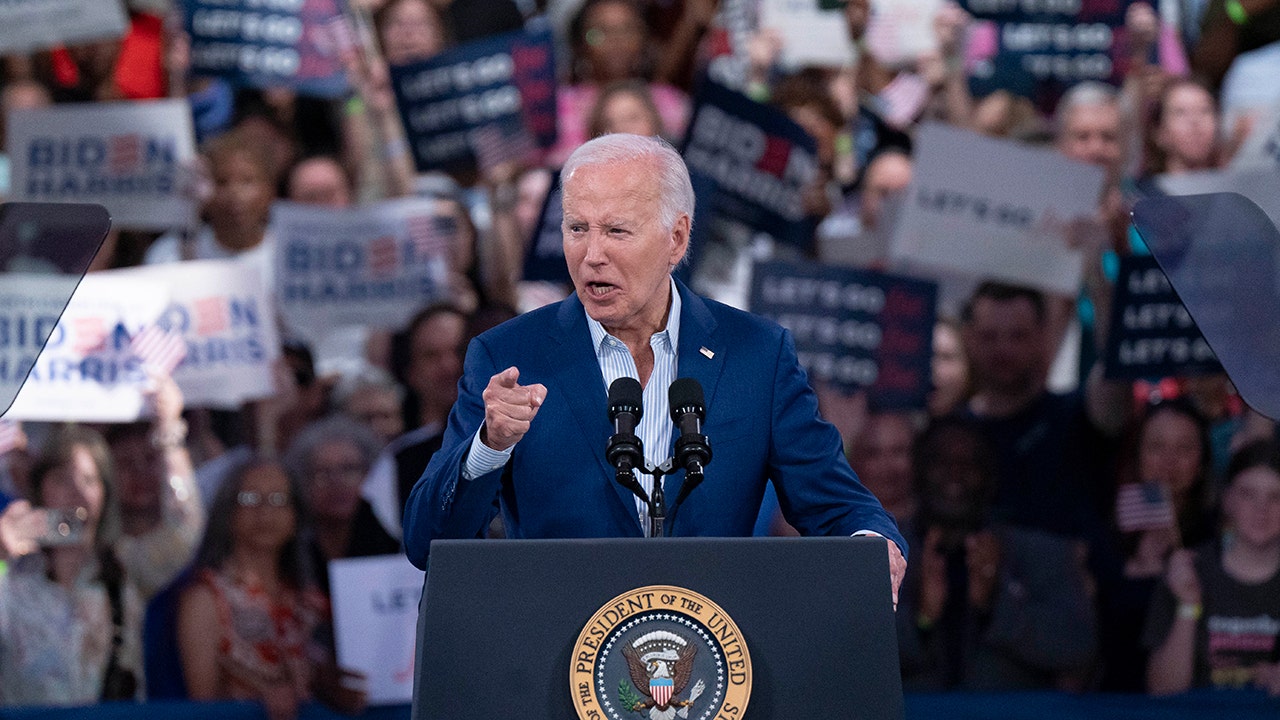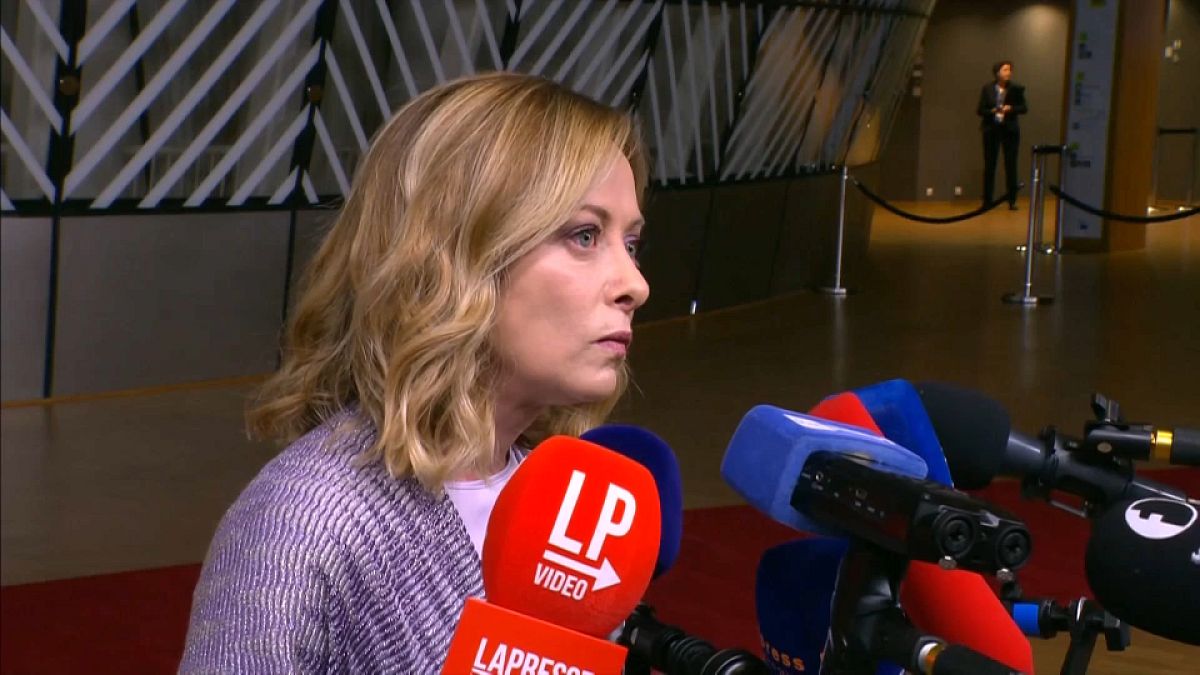When Becket Harris started college at the University of Utah, the school’s LGBT center quickly became the most important spot on campus for her — a place where she studied, made friends and never had to worry about how people would react to learning she was transgender.
Utah
Utah board approves 4th inland port location amid concerns from environmental groups

Estimated read time: 2-3
minutes
BRIGHAM CITY — Utah’s inland port system is officially growing, despite concerns raised about its newest project.
Utah Inland Port Authority’s board of directors voted unanimously Monday to approve the Golden Spike Project Area. It sets aside new port sites across Box Elder County, including in Brigham City, after local leaders previously approved the project locations.
Miles Hansen, chairman of the port authority board, said the vote signals “a significant milestone for Utah’s economic future.”
“The proposed location of the Golden Spike Project Area offers substantial benefits for neighboring counties,” he said in a statement Tuesday, pointing out that Cache and Weber counties are among Utah’s top five importing and exporting counties.
The project is the third regional port approved, following votes to approve similar ports in Cedar City and Spanish Fork earlier this year. The primary inland port, located in Salt Lake City’s Northwest Quadrant, was established by the Utah Legislature in 2018.
Utah Inland Port Authority officials contend the projects will reduce road congestion and improve importing and exporting efficiency by stationing ports along rail lines. Box Elder County Commissioner Stan Summers said the newest port may be a “turning point” for the county and northern Utah, focusing heavily on agriculture, aerospace and other industries located in the region
“(T)his project area is set to attract high-tech advanced manufacturing jobs and create a thriving economic focal point,” Summers said in a statement. “Box Elder County remains focused on quality of life and quality growth. These project areas reflect Utah’s forward-looking approach to economic development, sustainability, infrastructure improvement and job creation.”
However, the Golden Spike Project Area also sparked controversy because of its close proximity to the nearly century-old Bear River Migratory Bird Refuge in Brigham City. Last week, representatives of Utah Physicians for a Health Environment and Center for Biological Diversity staged a rally inside the Utah Capitol and delivered petitions to two members of the Utah Inland Port Authority, calling on them to cancel the project.
Those opposed to the plan argue it will increase truck and rail traffic, which will disrupt an important part of the Great Salt Lake ecosystem and cause other environmental harm.
“To put industrial development next to a migratory bird refuge of international and global importance is a terrible idea,” said Deeda Seed, senior campaigner for the Center for Biological Diversity.
Both Utah Gov. Spencer Cox and Ben Hart, the port authority’s executive director, countered those claims last week. The governor said the project would be located “where trains have been before and where trains will continue to go.”
Hart told KSL.com that port authority leaders are aware of the concerns and will look for ways to mitigate impacts as the project comes together in the near future, including “environmental buffers” between new development and the refuge, possible conservation easements and adjusting lighting so that it’s more wildlife friendly.
Related stories
Most recent Utah Inland Port stories
More stories you may be interested in

Utah
Utah law targeting DEI leads university to close LGBT, women’s centers

“What am I going to do without my space on campus? How’s my friend group going to stay together?” said Harris, who finished her sophomore year this spring. “It’s attacking a space that’s very personal to me.”
Across Utah, public schools, universities and government agencies must make shifts to comply with the law, which goes into effect Monday. The state becomes the latest where Republican legislators have restricted DEI programs, amid a broader conservative effort to limit what is taught in schools and make diversity programs a flash point in the nation’s political debate.
Laws in other states have forced some universities to eliminate programs and jobs and, more commonly, to change hiring practices, such as ending requirements for diversity statements from job candidates. Some type of change to diversity requirements or programs has been made at 164 college campuses in 23 states since January 2023, according to a tally by the Chronicle of Higher Education.
At the University of Utah, administrators said they have had less than two months — the bill was passed in January, but the state higher education office’s guidance about how to comply with the law came down in May — to make final decisions about how to reorganize their staff and services. The school won’t lose its student services and will continue holding cultural events, but complying with the law will require a significant change in approach, administrators said.
“This definitely is having a profound impact,” said Lori McDonald, vice president for student affairs.
The Utah law labeled services for different communities — racial, ethnic, religious, gender-based or sexuality-based — as “discriminatory.”
Although it left their funding in place, it effectively directed schools to reorganize those services, such as mental health, career and scholarship help, under generalized campus centers catering to all students. Furthermore, the state’s guidance indicated those services couldn’t operate in centers that also did cultural programming.
At the University of Utah, school officials said that means closing its specialized centers in favor of two umbrella offices: one for all cultural programming and another for all student services. The school’s Division of Equity, Diversity and Inclusion has been eliminated. About 45 staff were affected, many of whom will be reassigned to the two new centers.
“This is not the path we would have chosen,” University Provost Mitzi Montoya wrote in a note to deans and faculty Thursday. “But … it is our calling to rise to the challenges of the day and find a better way forward.”
On Friday, a farewell was planned for the university’s LGBT Resource Center, which asked supporters to “join us to laugh, cry and celebrate” its 21-year run. An Instagram post advertising the goodbye party drew dozens of comments and broken-heart emojis.
“I’m starting school in the fall and am so upset this won’t be a resource for our community,” one person wrote. Another said, “Every single person in this building made me feel at home.”
Added a third, “I found support here [when] there was nowhere else.”
Along with the LGBT Resource Center, the university’s Women’s Resource Center and the Center for Equity and Student Belonging will close. Both the women’s center and the Center for Equity and Student Belonging, previously known as an ethnic student affairs center, had been in operation for more than 50 years, Montoya noted.
The law doesn’t mandate the closure of student centers, allowing them to stay open as cultural centers as long as they don’t also provide student services. Utah state Rep. Katy Hall (R), the bill’s House sponsor, said some universities had chosen to close centers “to better meet the goals” of the law.
The idea of leaving the centers open without providing the services they were created to house felt disingenuous, McDonald said, and university officials weren’t sure enough staff would be left to run them after some employees move to the student services center.
The university plans to keep its Black cultural center open; staff are working on how it will operate under the law as a gathering place, McDonald said. Those plans will have to be approved by the state, university officials said.
The law does not affect classroom instruction, academic freedom or academic research, the Utah System of Higher Education said in its guidance.
This spring, lawmakers in Alabama and Iowa passed similar bills to restrict DEI programs, and Wyoming removed state funding for the state university’s DEI office, forcing its closure. In mid-June, Republican members of Congress introduced a bill proposing to end all federal diversity, equity and inclusion programs and pull funding from government agencies, schools and others with DEI programs.
The law’s passage in Utah played to the more conservative wing of a divided Republican Party, said Michael Lyons, a political science professor at Utah State University. In an election year, Gov. Spencer Cox (R) and other GOP lawmakers faced the need to win over party delegates in Utah’s caucus-based nominating process.
“It’s not surprising to see them take very conservative positions,” he said.
Upon signing the bill, Cox said it offered a “balanced solution” by repurposing funding “to help all Utah students succeed regardless of their background.” His office did not respond to a request for comment from The Post this week.
Hall, the bill’s sponsor, said on the House floor that the measure came about because she had heard “serious concerns about the landscape at our higher education institutions” from “students and many professors.”
“I hope that students who benefited from these centers in the past know that the expectation is that they will still be able to receive the services and support that they need to succeed,” Hall told The Post.
Utah House Minority Leader Angela Romero (D) said she feared the bill would end up erasing people and identities, noting in a floor debate that she might not have succeeded at the University of Utah if not for the support of the ethnic students’ center. Free-speech advocates have also said such laws have a chilling and censoring effect on campuses.
Utah State University said this month it would reassign programs and clubs that had been housed under the school’s Inclusion Center and would ensure that its Latinx Cultural Center and a proposed Native American center comply with the law. The school said it would create a new center for community and cultural matters. Weber State University in Ogden, Utah, has closed its Division of Equity, Diversity and Inclusion and identity-based centers and reorganized staff positions.
At the University of Utah, where staff members are still working out plans for the new centers, Harris, the student, remembered the LGBT center as a cozy place that made college much easier — and worried about what the changes might mean for future students.
“I could just walk into a space,” Harris said, “and I knew that everyone there was safe to talk to.”
Utah
Grand County Sheriff: Search for missing Moab couple changes from ‘rescue’ to ‘recovery’

MOAB, Utah (ABC4) — The search for a missing Moab couple has officially transitioned from a ‘rescue’ mission to a ‘recovery’ one, according to Grand County Sheriff Jamison Wiggins.
Ray and Maranda Ankofski have been missing since June 21 after they traveled the Steel Bender off-road trail in Grand County. A search for the couple began after they didn’t return on time and their vehicle was reported as abandoned.
The son of the couple, Raymond Ankofski told ABC4.com earlier this week officials were planning to scale back their response at the end of the week because of the costs associated with the search efforts. According to a press release from Grand County Sheriff’s Office, as of Tuesday, eight agencies were involved in the search.
“Despite exhaustive efforts, including the use of advanced search techniques and resources, Ray and Maranda Ankofski have not been located,” stated a press release from Wiggins. “The decision to transition from a search and rescue mission to a recovery was made based on evidence at the scene during the operation.”
In the days following their disappearance, the couple’s children started a fundraiser via GoFundMe, with the initial goal of raising $25,000 — but Raymond Ankofski explained the money would not be for the family.
“The money is going towards the search and rescue to bring my parents back, and to find my parents,” Rauymond Ankofski said.
Utah
Utah gets $20 million for transportation and traffic light technology

The Federal Highway Administration of the U.S. Department of Transportation has announced a $20 million grant to Utah.
Drivers of snow plows, public transportation buses, and other government-operated vehicles are using technology that can direct traffic lights to change in order to improve safety and travel time.
Under the “Saving Lives and Connectivity: Accelerating V2X Deployment” program, Utah will receive $20 million of the $60 million that is aimed to improve vehicle technologies. The other $40 million will go to Texas and Arizona.
“Connecting vehicles and infrastructure is a great way for us to be able to take advantage of technology to help improve safety and other outcomes. And Utah’s DOT has been a leader in this space for a long time,” Shailen Bhatt, US Federal Highway Administrator said.
UDOT will use this $20 million to fund projects in Utah, Colorado, and Wyoming, where each state represents different population concentrations and transportation facilities.
Bhatt says protecting personal private information can be one of the challenges when using these types of technology.
“So we will want people to understand what is being exchanged is called a basic safety message of DSM. The vehicle is going to report to the intersection that I’m approaching, and the intersection is going to report back ‘oh, the light is about to turn red or my light is red’, but it’s all anonymous data,” Bhatt said.
The technology is being used in Salt Lake City, where travel time reliability and bus performance have improved.
“It is unequivocal that when you deploy technology, we are able to reduce crashes, we’re able to reduce congestion, we’re able to reduce the amount of time people sit in traffic, and the amount of greenhouse gas emissions from our system. And we look forward to more investments being made on the basis of the data that we get from this initial deployment,” Bhatt said.
-

 News1 week ago
News1 week agoTracking a Single Day at the National Domestic Violence Hotline
-

 Fitness1 week ago
Fitness1 week agoWhat's the Least Amount of Exercise I Can Get Away With?
-

 News1 week ago
News1 week agoSupreme Court upholds law barring domestic abusers from owning guns in major Second Amendment ruling | CNN Politics
-

 Politics1 week ago
Politics1 week agoTrump classified docs judge to weigh alleged 'unlawful' appointment of Special Counsel Jack Smith
-

 Politics1 week ago
Politics1 week agoSupreme Court upholds federal gun ban for those under domestic violence restraining orders
-

 World5 days ago
World5 days agoIsrael accepts bilateral meeting with EU, but with conditions
-

 Politics1 week ago
Politics1 week agoTrump VP hopeful proves he can tap into billionaire GOP donors
-
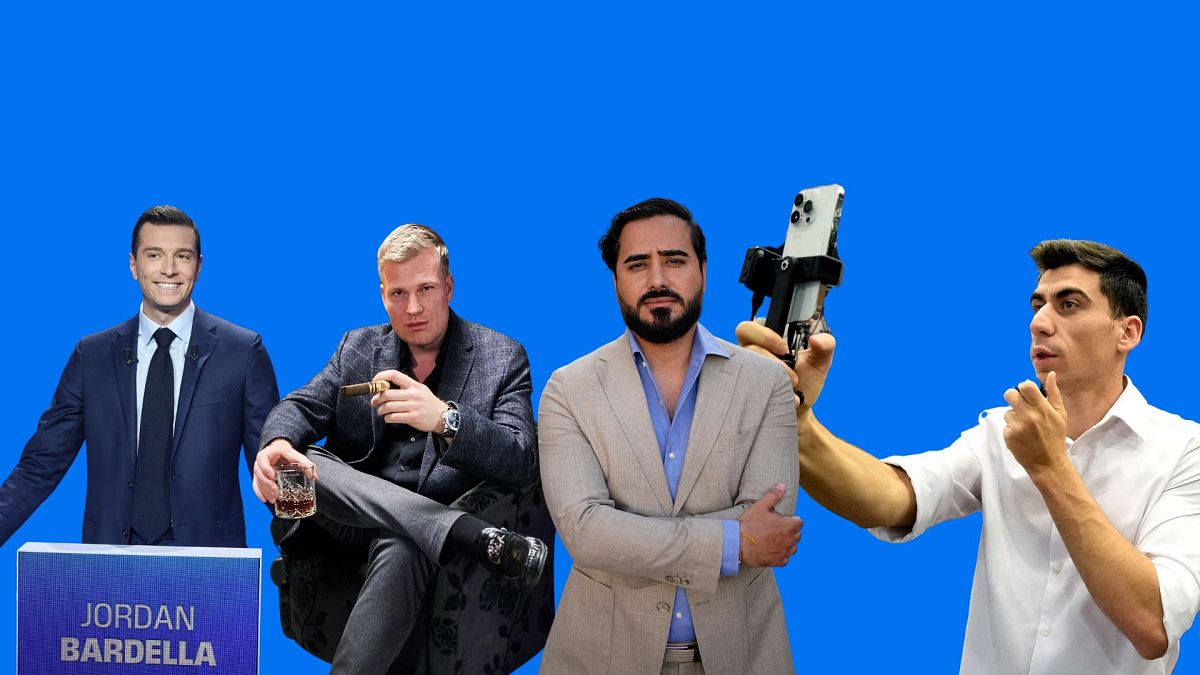
 World1 week ago
World1 week agoInfluencers and politicians – meet the most connected lawmakers


